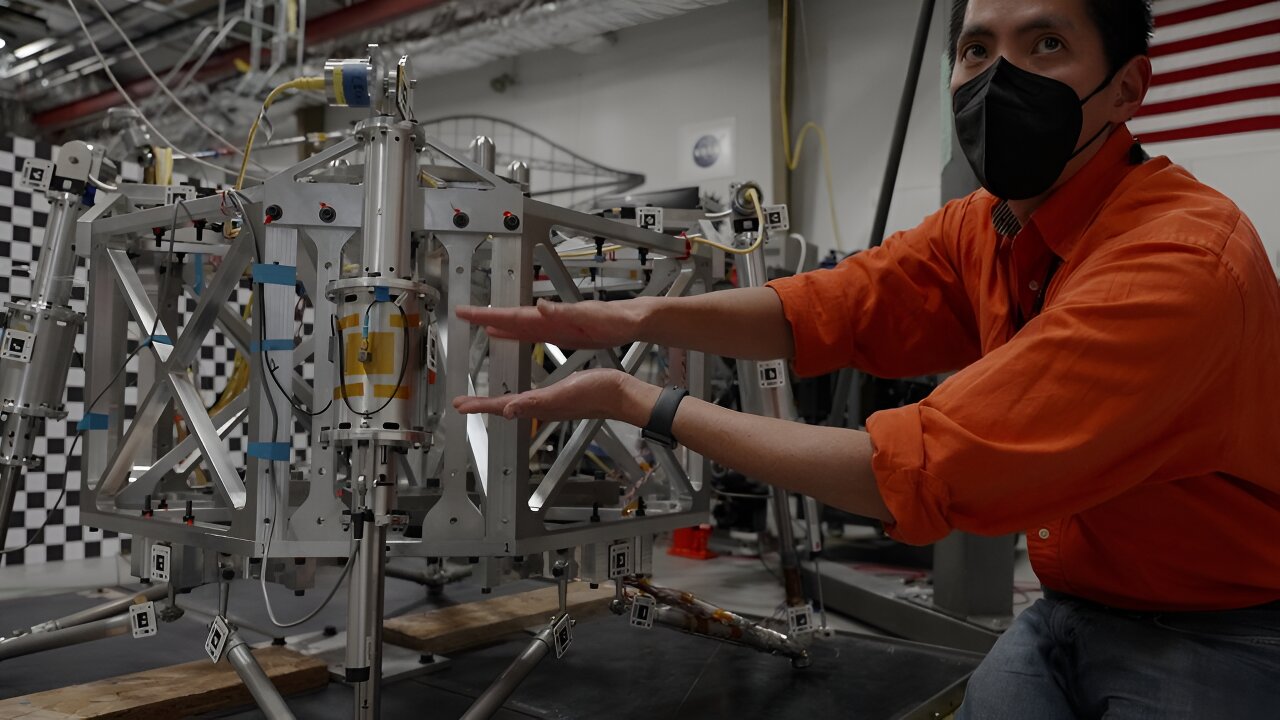Sturdy legs are necessary to absorb the impact of the heaviest spacecraft ever to land on the Red Planet.
NASA’s Perseverance rover continues to collect rock core samples for the Mars Sample Return campaign. This joint effort by NASA and ESA aims to mars-lander.html” title=”Witness NASA Engineers Testing the Legs of a Mars Lander”>bring scientifically selected samples back from Mars to be studied on Earth. Engineers at NASA’s Jet Propulsion Laboratory in Southern California are currently testing prototypes of the Sample Retrieval Lander’s legs and footpads.
NASA is applying its knowledge from previous successful Mars landings to the Sample Retrieval Lander concept. This spacecraft, weighing up to 5,016 pounds (2,275 kilograms), would be the largest to land on Mars. The lander would rely on next-generation parachutes and 12 rocket engines to slow its descent, while its legs would help absorb the impact of touchdown.
Engineers are conducting drop tests to understand how energy would be absorbed during landing. These tests involve dropping a scaled model of the lander onto a hard floor and slamming a full-size footpad into simulated Martian soil. The observations from these tests will inform the design and subsequent tests.
2023-08-11 00:48:03
Article from phys.org


















